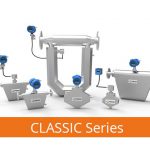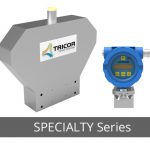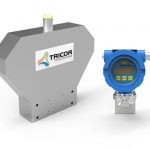Precision Mass Flow Instruments – To Meet Customer Requirements
Our TRICOR line of Coriolis mass flow meters to includes our CLASSIC Series of Coriolis mass flow meters, which is our “standard” line of nine sizes of mass flow meters with high accuracy & repeatability and easy user interface. The SPECIALTY Series includes Coriolis mass flow meters that are designed for high pressure applications.



